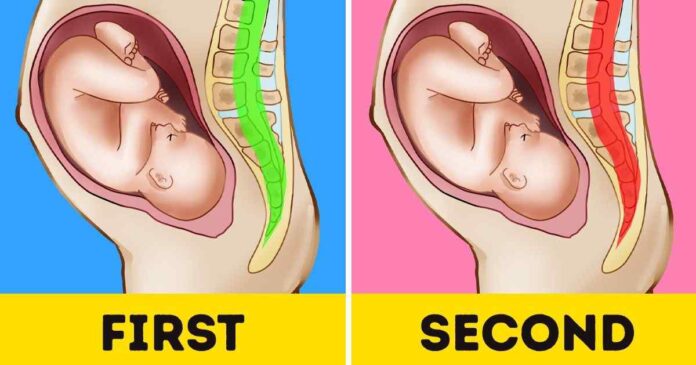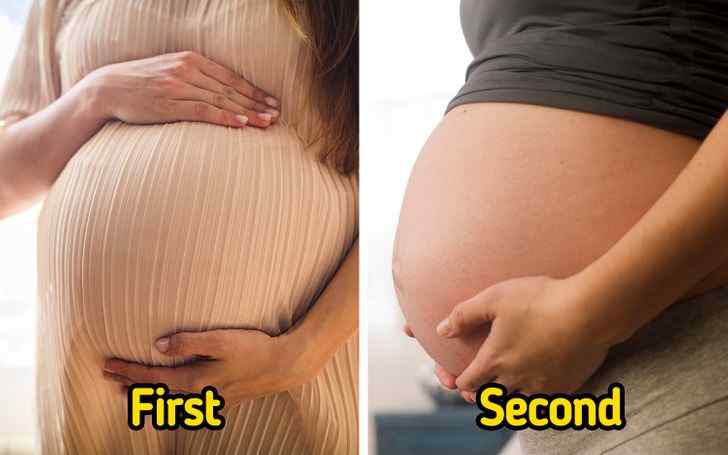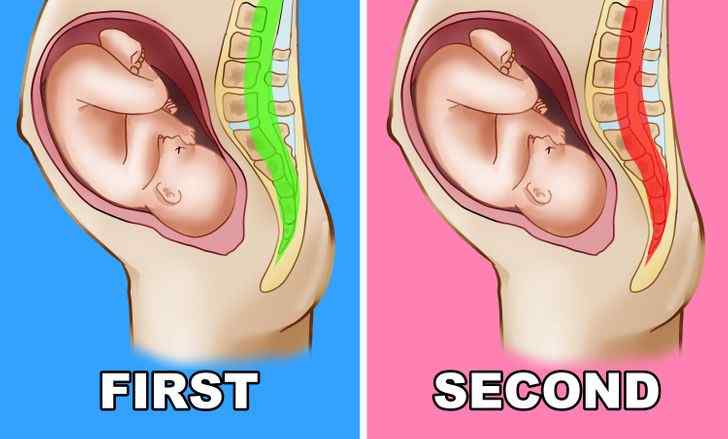
Your uterus alone has to expand about 500 times its original size in 9 months during pregnancy and then contract back to its normal dimensions. It’s not as if the brain is unaffected, as many women experience memory loss and confusion when pregnant. Even still, many of us are eager to repeat the process a second or even third time. But keep in mind that each pregnancy is unique, and the second one is even more so.
Second pregnancies can cause you to be more exhausted.

Remember how energetic you were throughout your first pregnancy? This was a special period in your life, and your boyfriend, friends, and family lavished you with attention. However, because you are already caring for your first kid during your second pregnancy, you may not have as much time for yourself as you did before.
In addition, your body is being inundated with a hormone called progesterone, which is preparing your body for all of the physical changes that come with childbirth and delivery. Because weariness is a side effect of this hormone, you may experience stronger waves of exhaustion the second time around.
There’s a chance the delivery will follow a different path.

Your first and second pregnancies may have different childbirth experiences. In fact, the majority of women think that labour is usually easier in the second pregnancy and gets easier with each subsequent birth. Your first-time-mothering experience can be beneficial, and you may be better prepared the second time around.
If you had a C-section the first time around, your odds of having a VBAC, or vaginal birth after caesarean, are slim. It varies, however, from instance to case.
You’ll be able to feel the baby’s movements considerably sooner.

Quickening refers to the baby’s first movements, which you may normally feel for the first time between the sixteenth and twenty-fifth week in first-time pregnancies. You can feel the baby’s movements as early as 13 weeks in the second pregnancy, owing to the fact that you are already familiar with how they feel.
The hump may become apparent and larger sooner than expected.

Baby bumps usually occur in the second trimester for many women who are pregnant for the first time, and you don’t usually show for the first three months. However, the bulge appears earlier during a second pregnancy or any subsequent pregnancy.
It’s because the abdominal muscles have extended a little and may not have returned to their normal size, according to experts. As a result, concealing a second pregnancy is more difficult than concealing the first. Additionally, this may result in extra stretch marks.
Morning sickness could be nonexistent or quite severe.

Morning sickness is unpredictable, and things may not be the same for your second pregnancy as they were for your first.
The dreaded morning sickness never comes for some women. Others say it’s much worse than the first time.
Tenderness in the breasts may be lessened or nonexistent.

Bras become a lethal foe during first pregnancies due to the extreme sensitivity of the breasts. Second pregnancies, on the other hand, do not always result in acute sensitivity in the breasts. The size of the breasts does not expand significantly the second time around.
It may be easier if you have fewer dietary aversions.

You may also notice that your food cravings or aversions are less intense in your second pregnancy than they were the first. On the other hand, you might develop a new set of dietary aversions or appetites.
You have the option of carrying the baby lower.

The abdominal and pelvic muscles have diminished after a single pregnancy. You may have carried high in your first pregnancy, but because your muscles aren’t as limber now, you may carry the baby lower in your second.
This might result in pressure and pain in the pelvic area. Pelvic tilts and Kegels can help alleviate the pain.
Postpartum contractions may be more painful and strong.

The uterus has to work hard to return to its previous size after you’ve delivered your kid. Post-partum contractions or after pains occur as the uterus contracts. After the birth of your first child, you may have had a minor version of these that felt similar to menstruation cramps.
However, with the second and subsequent pregnancies, these symptoms become more severe. In fact, it’s possible that you’ll feel them the most while breastfeeding. According to studies, pain management may be required in extreme cases of multiple deliveries in order to sustain successful nursing.
Back pain can be worsened by second pregnancies.

Relaxin is one of the several hormones produced by your body during pregnancy. Its job is to release your muscles and joints in preparation for giving birth. During your first pregnancy, you may have experienced minor aches and pains, particularly in your back.
However, the pain is likely to worsen with your second pregnancy, or any subsequent pregnancy. The culprit is relaxin, which causes you discomfort by further loosening already loose joints and muscles.
Have you heard about the study that claims that second-born youngsters are more prone to cause problems? Do you agree with me? In the comments area below, tell us about your first and second pregnancies.



